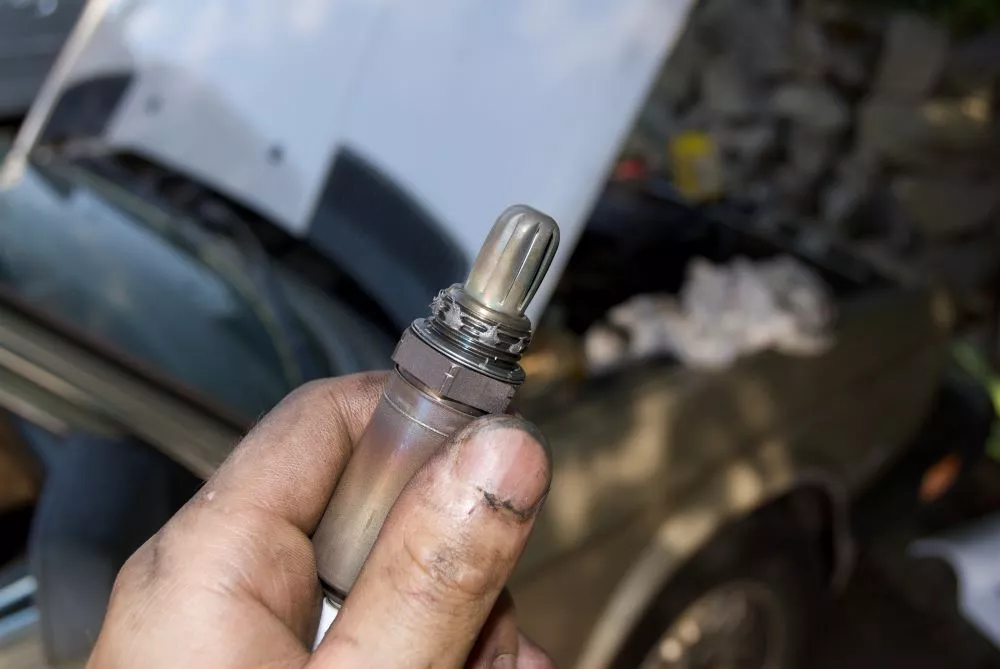Your car has a lot of sensors that feed information to the computer to keep it running smoothly. One such sensor you might not know of is the O2 or oxygen sensor. This is a sensor that sits in your exhaust system and monitors the level of oxygen inside your car’s exhaust gases. For such an important component, it’s not a surprise then that the O2 sensor cost isn’t inexpensive. As with any other car part, the O2 sensor can …
Oxygen
To achieve optimum performance, an internal combustion engine needs the right air/fuel ratio. The engine control module controls the air/fuel mixture ratio going into the engine. It accomplishes this through the use of automotive sensors, one of which is the oxygen sensor installed on the car. When the circuit or sensor malfunctions, the onboard diagnostic system will display the P0137 error code. Vehicles have two oxygen sensors: one upstream (before the catalytic converter) and one downstream (the O2 sensors after …
P0300 Chevy is created when your engine experiences a misfire that is not limited to a single cylinder. This code is sometimes used in conjunction with others, such as P0301, which indicates a misfire on cylinder 1 (cylinder 1 being the first cylinder in the firing order). It’s usually the engine’s front-most cylinder. If these engine codes are also present, diagnose them first because they are most likely the source of this error code. Your check engine light will illuminate …
P0130 – O2 Sensor Circuit Malfunction Bank 1 Sensor 1 (Fixes)
Modern car engines with emissions control systems rely on sensors to work well and control how much pollution they put out. If these sensors malfunction and provide incorrect data, you may notice issues such as reduced MPGs, driving difficulties, emissions failure, and other issues. The P0130 error code helps us identify such issues. P0130 is a diagnostic trouble code (DTC) that relates to “O2 Sensor Circuit Malfunction (Bank 1, Sensor 1),” suggesting a problem with the air-to-fuel ratio sensor (aka …




